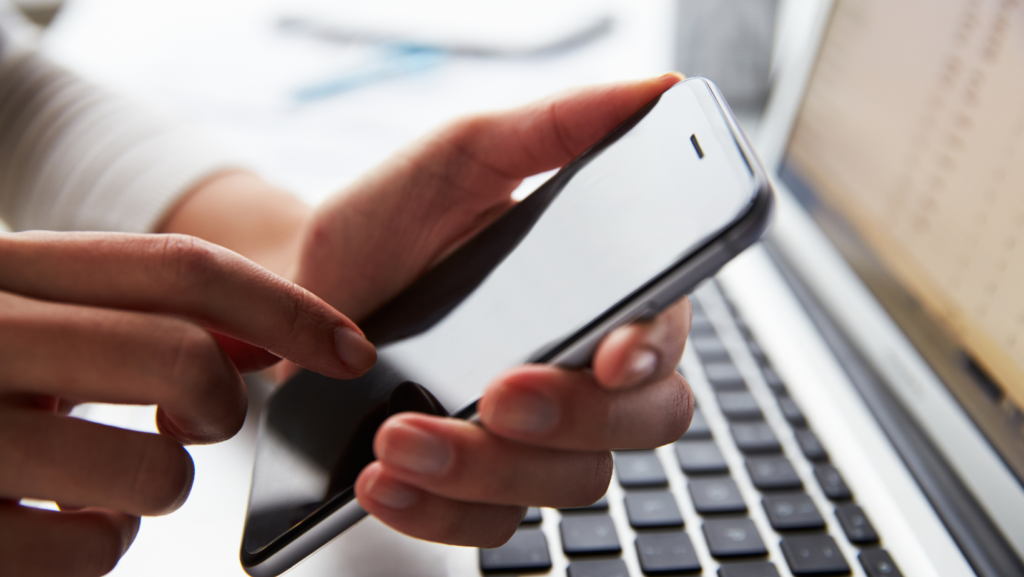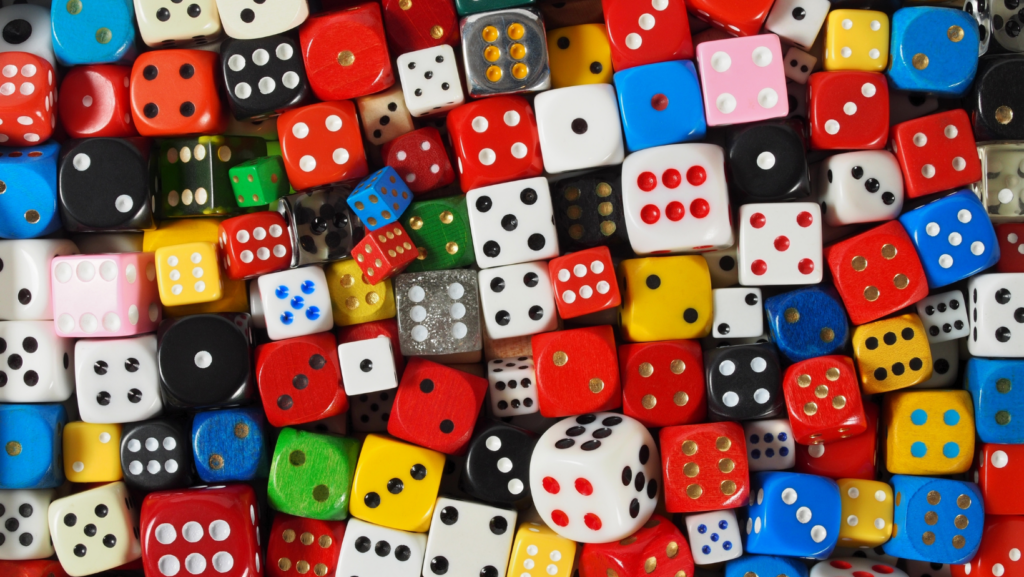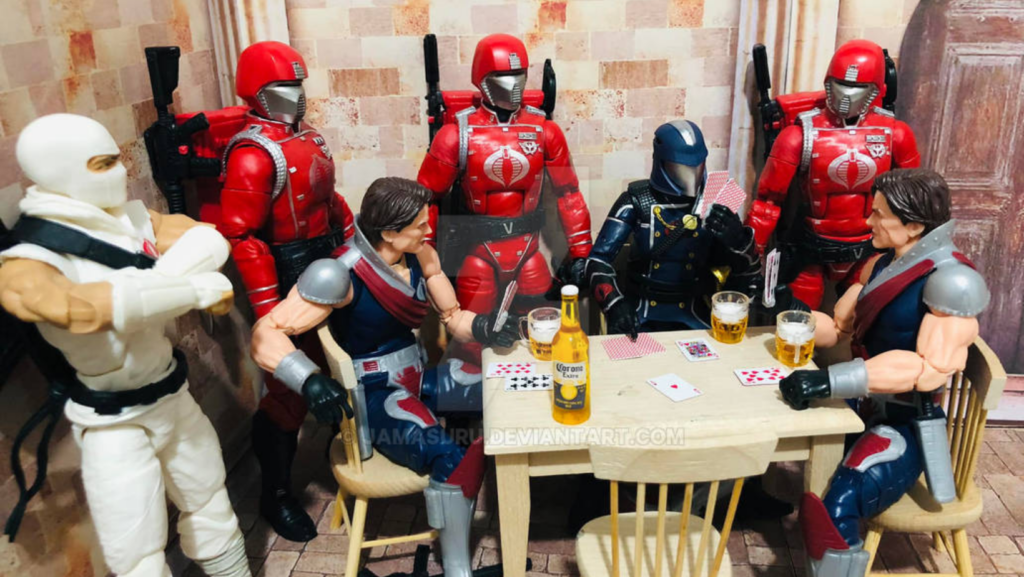Collecting items of value, be it coins, stamps, or vintage toys, can be more than just a hobby. It can morph into a lucrative venture if you know how to sell collectibles. But where do you start? What’s the secret to turning your passion into profit?
This article aims to guide you through the process of selling your prized collectibles. We’ll delve into the nitty-gritty of pricing, marketing strategies, and choosing the right platform to sell. So, whether you’re a seasoned collector or just starting out, you’ll find this guide invaluable. Stay tuned to uncover how to sell collectibles.
How To Sell Collectibles
In the world of collectibles, grasping the market dynamics proves vital. Mastering how to sell collectibles, the integral aspects of the market, specifically identifying your target audience and knowing where to locate buyers, lays the foundation for successful transactions.
Identifying Your Target Audience

In the dynamics of how to sell collectibles, recognizing your target audience for collectibles hinges primarily on the type of items in your collection. For example, comic books will appeal to a specific group of enthusiasts, while vintage wine would attract a different audience. Understanding your buyers’ interests, demographics, and spending patterns provides crucial market insight. This audience identification translates directly into strategic marketing initiatives, increasing your items’ visibility to the correct demographic and, ultimately, leading to more profitable sales.
Various research methodologies, such as studying similar items sold or using surveys and polls, help clarify your target audience. Primary and secondary market research contributes valuable insights about who buys what and why. The target audience isn’t a static entity; it evolves, and savvy collectors keep tabs on these changes.
Where to Find Buyers

Finding buyers, particularly ones likely to purchase, exists as an art in itself. An effective tactic involves leveraging platforms where collectors and enthusiasts convene, often revolving around the type of collectible. Coin collectors, for instance, gather at numismatic associations or on forums and websites dedicated to coin collecting. Antique furniture enthusiasts might frequent specialized auction houses or antiques fairs.
Online platforms also bring together buyers and sellers of collectibles. Notable ones include eBay, Craigslist, and dedicated websites for specific collectibles. Social media platforms like Facebook and Instagram aren’t just for social connections; they’ve grown into powerful marketplaces, aiding collectors in reaching a wider, often global, audience.
Preparing Your Collectibles for Sale
Transitioning from collecting to selling necessitates thorough preparation. In this phase, the condition, appraisal values, and optimal sales platforms are critical considerations.
Evaluating the Condition
Optimal presentation improves marketability. Hence, the examination of collectibles’ condition is crucial. Factors such as damage, wear, and restoration significantly affect an item’s value. For instance, antique furniture is more appealing if its original patina is intact, but on contrary, dust-coated baseball cards lose their charm. it’s crucial to delicately clean items, considering potential damages. Beyond cleaning, repairs might be needed, but it’s a risky task. For collectibles, originality often outweighs a brand-new look.
Appraising Your Items

Objectively determining a collectible’s value can be challenging. Market values fluctuate over time, influenced by demand and other factors such as provenance. To ascertain an accurate value, a professional appraisal is recommended. Appraisers offer expertise across various niches, from comic books to classic cars, and provide certificates validating their estimates. Moreover, auction records can help set realistic price expectations. For instance, a rare vase advertised at $10,000 won’t sell if similar items fetched just $800 at recent auctions.
Strategic Process
How to sell collectibles isn’t just about listing an item and waiting for a buyer. It’s a strategic process that requires a deep understanding of the market and the target audience. Leveraging platforms like eBay, Amazon, and Etsy can significantly increase visibility and sales potential. But it doesn’t stop there. The condition of the collectible and a professional appraisal can make or break a sale. So, it’s crucial to invest time in preparing the item for sale. Remember, the goal isn’t just to sell but to maximize profit.


